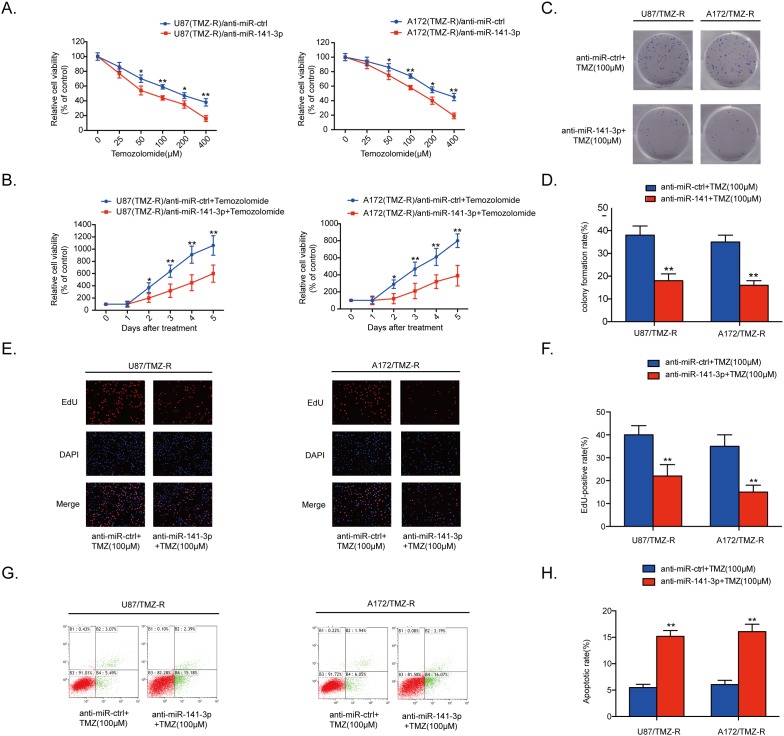Figure 3. MiR-141-3p knockdown sensitizes resistant GBM cells to TMZ.
(A) Cell proliferation was detected by CCK8 assays in U87/TMZ-R and A172/TMZ-R cells stably expressing anti-miR-ctrl or anti-miR-141-3p and treated with various doses of TMZ. (B) Cell proliferation in both U87/TMZ-R and A172/TMZ-R cells stably expressing anti-miR-ctrl or anti-miR-141-3p and treated with 100 μM TMZ was measured every 24 h. (C and D) Colony formation assays in U87/TMZ-R and A172/TMZ-R stably expressing anti-miR-ctrl or anti-miR-141-3p and treated with 100 μM TMZ. Scale bar: 500 μm. (E and F) Respective merged images of U87/TMZ-R and A172/TMZ-R cells in EDU stably expressing anti-miR-ctrl or anti-miR-141-3p and treated with 100 μM TMZ after 48 h. Representative images are shown (original magnification, 200×). (G and H) Apoptosis rates of U87/TMZ-R and A172/TMZ-R cells stably expressing anti-miR-ctrl or anti-miR-141-3p and treated with 100 μM TMZ after 48 h were detected by flow cytometry. All experiments were performed three times using triplicate samples. Average values are indicated with error bars in the histogram. Results are presented as the mean ± S.D. *P<0.05, **P<0.01, and ***P<0.001.

